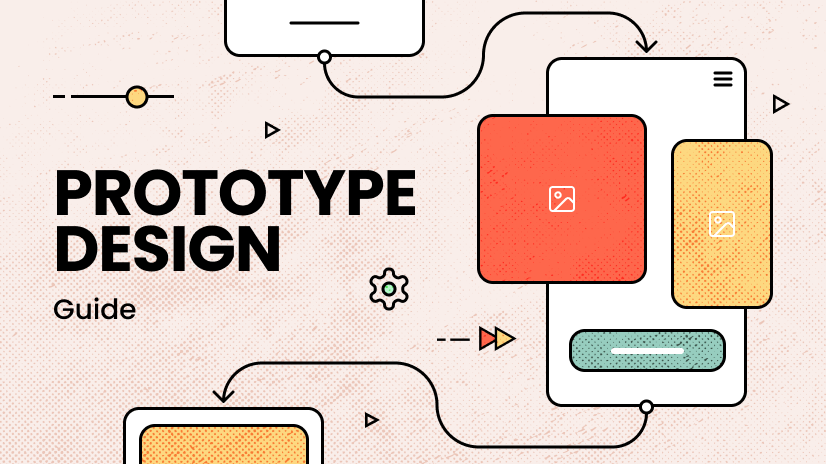Prototype design is a crucial stage in the product development process. It involves creating a physical or digital model of a product or system to test its functionality, usability, and aesthetics before investing in full-scale production.
Types of Prototypes
There are several types of prototypes that can be used, depending on the stage of development and the specific goals of the project:
- Low-fidelity prototypes: These are rough models that focus on the basic functionality and layout of the product. They are often used to gather feedback and identify potential issues early in the design process.
- High-fidelity prototypes: These are more detailed models that closely resemble the final product in terms of appearance, functionality, and user experience. They are used to test the product’s usability and gather feedback from potential users.
- Minimum viable product (MVP): An MVP is a basic version of a product that includes only the core features necessary to test its viability in the market. It is often used to validate product ideas and gather customer feedback before investing in further development.
- Digital prototypes: These are computer-generated models that can be interacted with on a screen. They are often used for testing user interfaces, user flows, and overall product experience.
Benefits of Prototype Design
- Reduces risk: Prototyping helps identify potential problems and risks early in the development process, which can save time and money.
- Improves user experience: Prototypes can be used to test the product’s usability and make necessary adjustments to improve the user experience.
- Facilitates decision-making: Prototypes can help stakeholders visualize the product and make informed decisions about its development.
- Attracts investors: A well-designed prototype can be a powerful tool for attracting investors and securing funding for the project.
The Prototype Design Process
The prototype design process typically involves the following steps:
- Define the goals: Clearly define the objectives of the prototype, such as testing functionality, usability, or aesthetics.
- Choose the prototype type: Select the appropriate type of prototype based on the stage of development and the specific goals of the project.
- Create the prototype: Use design tools and materials to create the prototype.
- Test and iterate: Test the prototype with users and gather feedback. Use the feedback to make improvements and iterate on the design.
By following these steps and using the right tools and techniques, businesses can create effective prototypes that help them develop successful products.
